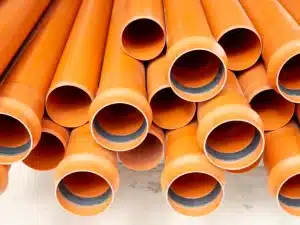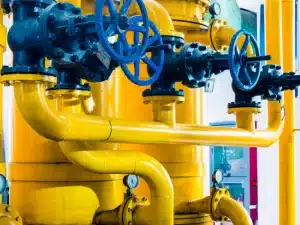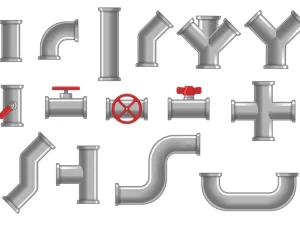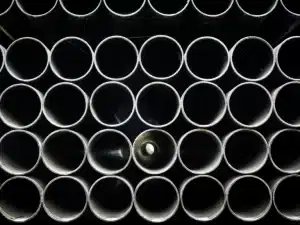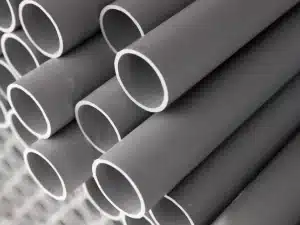The Role of Custom Flanges in Specialized Oil and Gas Installations
Every pipeline joint is only as strong as its flange. In high-pressure wells, refineries, and LNG plants, standard parts can crack, leak, or corrode. Custom flanges for the oil and gas industry solve that risk by matching exact metal grades, load limits, and sealing faces. They keep crews safe, cut shutdown time, and protect profit. When project leaders pick the right design and the right flanges suppliers, they build a platform for steady production rather than costly surprises.
Understanding flanges for the oil and gas industry Installations
Flanges join pipes, valves, and pumps so oil or gas can move from the field to final storage. Each stage has its stress:
- Upstream wells face sand, sour gas, and shock waves from drilling.
- Midstream lines stretch for miles. They need tight seals that hold through heat, rain, and ground shift.
- Downstream plants see blazing temperatures and harsh chemicals during refining.
Because forces change along the route, materials range from simple carbon steel to duplex, Inconel, or clad mixes. That variety means off-the-shelf parts seldom fit every job. Custom pieces, shaped for the task, keep flanges in oil and gas systems leak-free and easy to service.
Why Custom Flanges Are Essential in Specialized Projects?
Large diameter subsea manifolds, high-pressure gas injection lines, and LNG cryogenic systems each push design boundaries in different ways. Special projects often push limits:
- Higher pressure: Gas injection lines may run above 15,000 psi. Stock flanges top out far lower.
- Tighter space: Offshore decks pay by the kilogram. Light, compact flanges trim weight and free room for other gear.
- Exact match: Modular skids ship from the yard to the site. If bolt holes miss by even a millimetre, crews grind, shim, and lose valuable hours.
Custom production eliminates these risks, allowing operators to optimize weight, ease fabrication, and extend mean time between shutdowns. The right flanges suppliers collaborate early, translating process-engineering data into drawings, then fast-tracking forgings and machining so construction schedules stay on track.
Benefits of Custom flanges for the oil and gas industry
- Right fit first time – Field crews bolt up without rework.
- Strong metals, proven tests – Charpy, PMI, and ultrasonic checks confirm each part can survive sour or cryogenic duty.
- Lower weight, easier lifts – Compact connectors cut crane time offshore.
- Simpler stores – One correct flange replaces the “just-in-case” stack of wrong sizes.
- Traceability – Full material records and pressure tests satisfy inspectors.
These wins explain why more operators list custom flanges in oil and gas products as critical items in their project schedules.
How to Source Custom Flanges: What to Look For in Flanges Suppliers
Selecting partners is not only about price per kilogram. Ask yourself:
- Do they forge in-house? Mills that control billet sourcing, heating, and rough machining shorten lead times and ensure uniform grain flow.
- What testing scope is standard? Ultrasonic, PMI, and microstructure checks should be non-negotiable for high-integrity flanges in oil and gas components.
- Can they document exotic grades? Look for ASME, API 6A/6D, or ISO 9001 and 45001 certifications plus a track record in super duplex or nickel alloys.
- How agile is their machining cell? Five-axis CNCs and quick-change tooling mean last-minute dimensional tweaks don’t derail shipment.
- Will they stand behind delivery promises? Genuine flanges suppliers issue project-specific Gantt charts, update milestones weekly, and offer penalty clauses tied to on-time delivery.
Procurement teams who weigh these factors early avoid frantic expediting later.
Case Examples of Custom flanges for the oil and gas industry in Action
Offshore sour-gas platform, Persian Gulf – Engineers needed 22-inch RTJ flanges rated to 15,000 psi and NACE MR0175 compliance. A specialist forge produced super duplex blanks, solution-annealed them, and machined match-marked pairs. Result: zero leak paths during hydrotest and a two-day savings on hookup.
FPSO turret swivel – Weight restrictions forced designers to swap heavyweight weld-neck units for compact connectors. The chosen flanges suppliers delivered 250 custom hubs with clamp rings, shaving three tonnes off the topside and reducing bending moment on the swivel stack.
Arctic LNG facility – Cryogenic pipelines needed, Inconel 625 overlay to combat brittle fracture at −162 °C. Overlay welds were applied robotically, then stress-relieved. The custom flanges in oil and gas pieces passed helium leak tests on the first attempt, securing operating permits before winter freeze.
Future Trends in Custom Flanges Design
Additive manufacturing is entering the flange arena, especially for complex sealing grooves and integrated sensor ports.
- 3-D printing: Additive builds complex grooves and hollow cores that drop weight yet stay strong.
- Smart sensors: Strain gauges in the hub talk to control rooms, warning operators before cracks form.
- Greener alloys: Recycled stainless and high-nitrogen steels cut carbon footprints without losing strength.
Forward-thinking flanges suppliers already test these ideas so projects can trial parts before full rollout.
Custom Flanges—Small Parts, Massive Impact
Custom flanges for the oil and gas industry may look like small metal rings, but they carry the weight of your whole operation. They halt leaks, fight corrosion, and let crews work faster. Choose experienced flanges suppliers, stay clear of specs, and insist on proven tests. Do that, and each joint will stay silent, strong, and trouble-free—so production can keep humming and profits can keep flowing.

